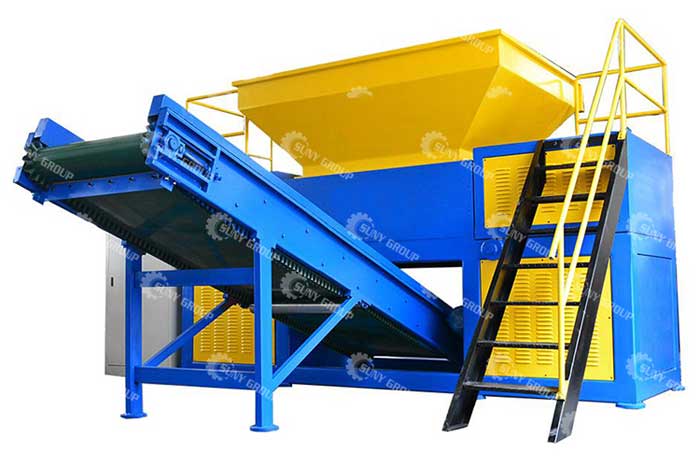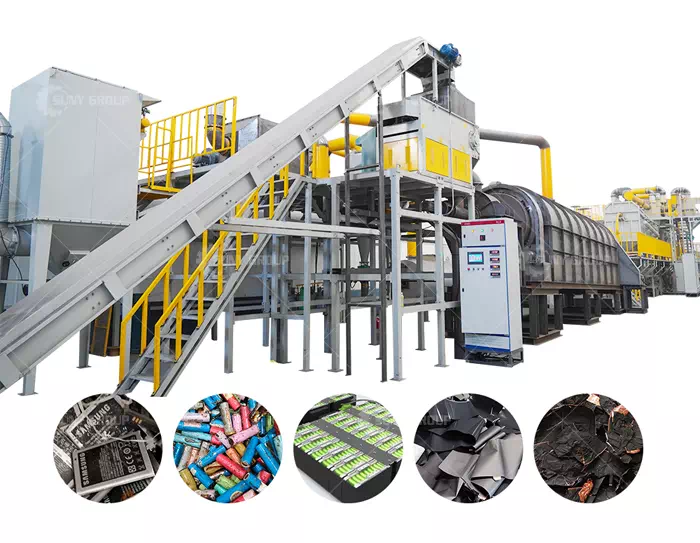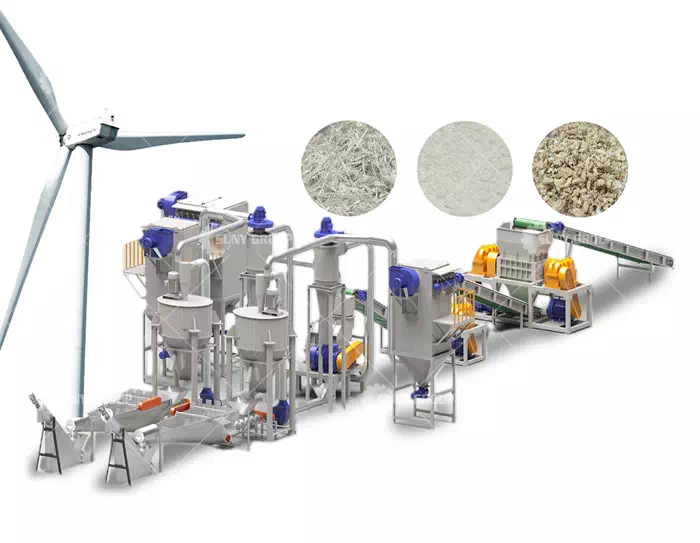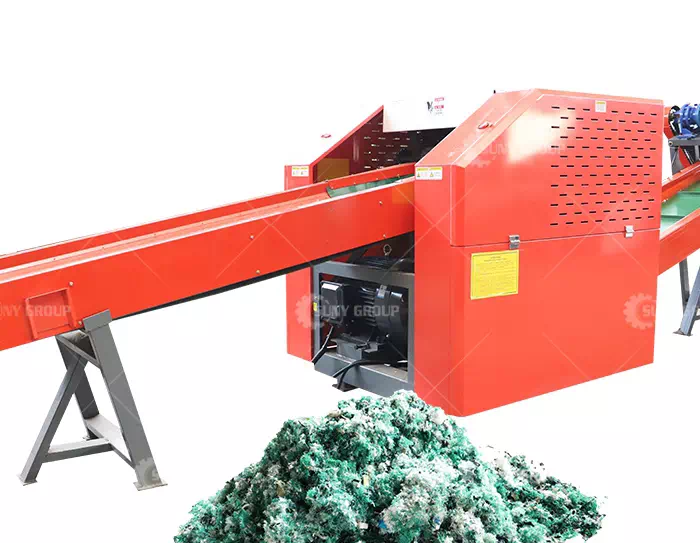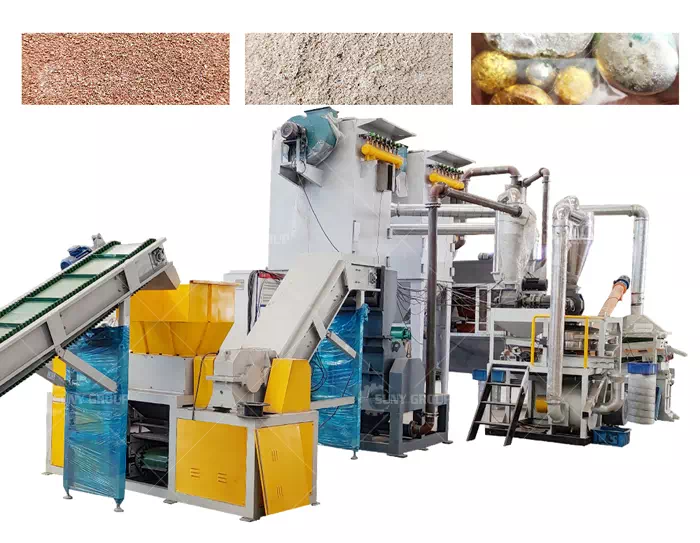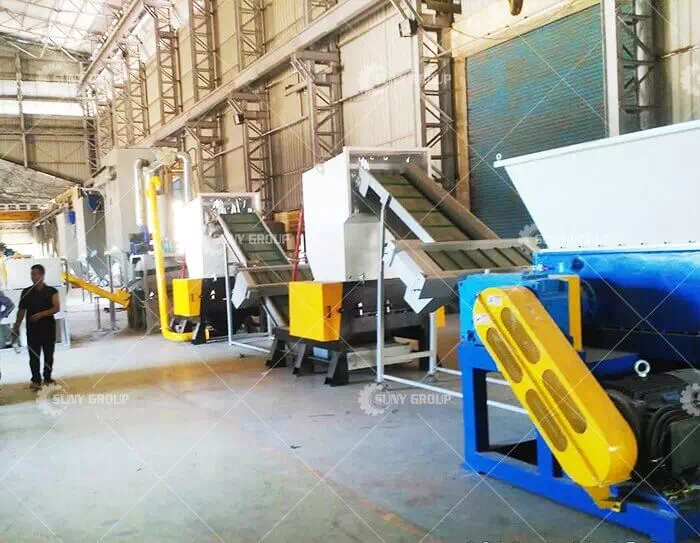Shredder knife safety technology
High-speed milling technology is widely used in automobile, aircraft and mold manufacturing industries. Because the centrifugal force of each part of the cutter when the milling cutter rotates at high speed has far exceeded the cutting force itself, it has become the main load of the cutter, and when the centrifugal force reaches a certain level, it will cause the cutter to deform or even break. Therefore, the safety technology of high-speed milling cutters is studied. It is of great significance to the development of high-speed milling technology.
In the early 1990s, Germany began to study the safety technology of high-speed milling cutters, and formulated the draft standard DIN6589-1 "Safety requirements for high-speed milling cutters", which stipulated the test methods and standards for the failure of high-speed milling cutters. Guiding opinions on the design, manufacture and use of high-speed milling cutters are put forward on the above, and a unified safety inspection method is stipulated. The draft standard has become a guiding document for the safety of high-speed milling cutters in various countries.
2.1 Safety failure forms and test methods of high-speed milling cutters
The draft standard stipulates the speed limit of high-speed cutting, after which the centrifugal force will become the main load of the milling cutter, and safety technology must be adopted. In the graph of the relationship between the tool diameter and the high-speed cutting range, the area above the curve is the high-speed cutting range where the milling cutter must pass the safety inspection specified by the standard: for a single tool (whole or welded tool) with a diameter d1≤32mm, the cutting speed exceeds 10000m/mm is the high-speed cutting range; for the assembled machine clamp tool with diameter d1>32mm, the high-speed cutting range is the area above the line segment BC. There are two forms of safety failure of high-speed milling cutters: deformation and rupture. The safety test methods of different types of milling cutters are also different. For machine-clamped indexable milling cutters, there are two safety test methods: one method is to test at 1.6 times the operating speed, the permanent deformation of the tool or the displacement of the part does not exceed 0.05mm; the other method is to test at 2 The test at twice the operating speed, the tool does not break (including the screw that clamps the blade is cut, the blade or other clamping elements are thrown away, the knife body bursts, etc.). As for the integral milling cutter, it must be tested at twice the operating speed without bending or breaking.
2.2 Strength calculation model of high-speed milling cutter
The key to whether high-speed tools fail under the action of centrifugal force lies in whether the strength of the cutter body is sufficient and the clamping of the parts of the machine clamp is reliable. When the centrifugal force is used as the main load to calculate the strength of the tool body, due to the complexity of the tool shape, the results calculated by the classical mechanics theory have a large error, which often cannot meet the requirements of safety design. In order to qualitatively and quantitatively analyze the force and deformation of its structural strength under the action of centrifugal force in the tool design stage, the finite element method can be used to calculate the stress at different speeds, simulate the failure process and improve the design plan. The finite element calculation model of the high-speed milling cutter includes the cutter body, the cutter body seat, the insert and the clamping screw. First calculate the elastic deformation of the tool body (including the quality of parts such as screws, blades, etc.), and then make a detailed analysis of the separated tool holder, and add the obtained elastic deformation of the tool body as a boundary condition to the tool holder separation body; then cut out The tool holders, blades, screws and non-quality friction pairs form a model of the blade clamping system, and the reliability of the clamping is analyzed. The finite element model can simulate the tilt, sliding, rotation of the blade in the tool holder and the deformation of the screw during clamping, and the displacement of the blade and the force of the screw at different speeds can be calculated.
Recommend products
CONTACT US:
If you have any requirement or suggestion, please fill in the form and send to us, thanks!E-mail:sunymachine@gmail.com | Whatsapp:+8613674945231


